The Elder Scrolls IV: Oblivion
Publisher: 2K GamesWe used the latest addition to the impressive Elder Scrolls series of titles, Elder Scrolls IV: Oblivion with the 1.1 patch applied. It uses the Gamebyro engine and features DirectX 9.0 shaders, the Havok physics engine and Bethesda use SpeedTree for rendering the trees. The world is made up of trees, stunning landscapes, lush grass and features High Dynamic Range (HDR) lighting and soft shadowing. If you want to learn more about The Elder Scrolls IV: Oblivion, we recommend giving our graphics and gameplay review a read.
The graphics options are hugely comprehensive, with four screens of options available for you to tweak to your heart's content. There is also the configuration file too, but we've kept things as simple as possible by leaving that in its out of the box state. For our testing, we did several manual run throughs to test the game in a variety of scenarios ranging from large amounts of draw distance, indoors and also large amounts of vegetation. Our vegetation run through is the result that we have shown, as it proved to be the most stressful - we walked up the hill to Kvach, where the first Oblivion gate is located.
________________________________________________________________________________
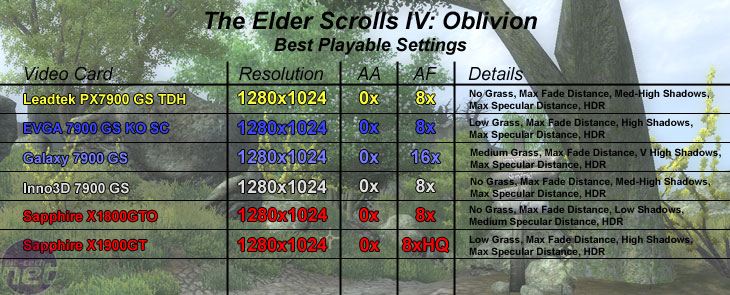

This meant that we had to turn grass off completely, and use medium-to-high shadow settings. Compared to the gaming experience delivered by EVGA's e-GeForce 7900 GS KO Superclock, we found that it was less immersive, but still pretty impressive with all things considered. The Sapphire X1900GT performs very similarly to EVGA's card and wasn't fast enough to make use of HDR and anti-aliasing at the same time. In order to achieve playable frame rates with HDR+AA, we had to turn grass off completely and also lower the shadow quality right down.
Since Galaxy's GeForce 7900 GS had the highest default clock speeds, it will come as no surprise that we found it was the fastest card of the ones tested here. We were able to turn grass detail up to medium quality, while shadow quality was almost set to maximum. On top of that, we increased the anisotropic filtering quality from 8x to 16x.

MSI MPG Velox 100R Chassis Review
October 14 2021 | 15:04


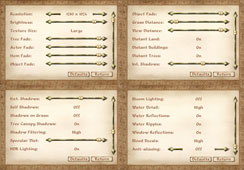
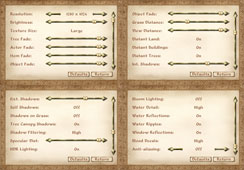
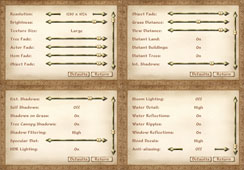
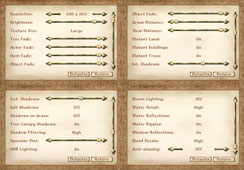

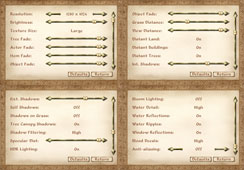




Want to comment? Please log in.